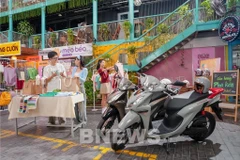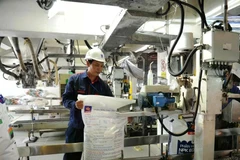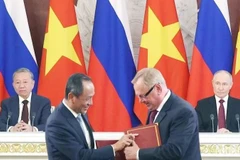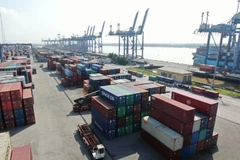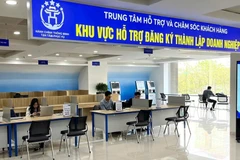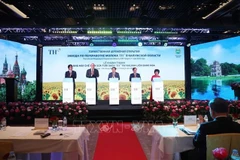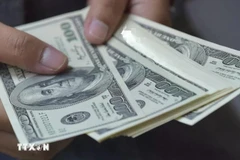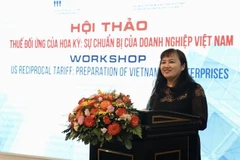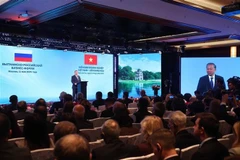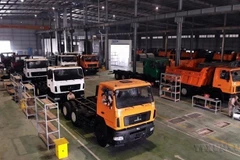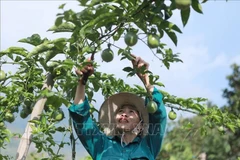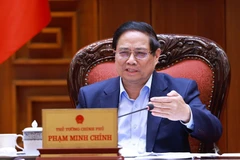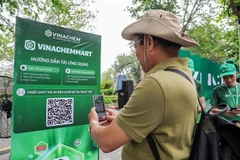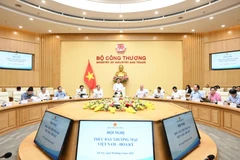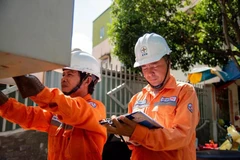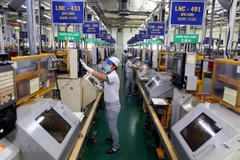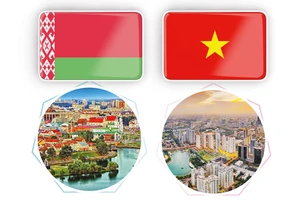To Singaporean investors,Vietnam is considered the second best destination, after Myanmar,according to EY (formerly Ernst&Young).
Max Loh, theEY’s regional managing partner for ASEAN, said that with totalinvestment capital of more than 23 billion USD, Singapore is thefourth biggest investor in Vietnam, followed by Japan, theRepublic of Korea and Taiwan .
New Singaporeaninvestors continue to show interest in the country, while those havealready invested want to maintain or expand their business, according toLoh.
EY, however, said Vietnam faces severalchallenges, including bad debt, a lower-than-expected GDP last year,and the record number of bankruptcy.
Nevertheless, EY praised the Government for addressing these problems.
As for regional competition, Loh said Vietnam should not have its focus on Myanmar alone.
“Myanmar has many attractive opportunities as Asia’s lastsignificant frontier economy, but at the same time, it has itsweaknesses such as infrastructure and an undeveloped financial system,”he said.
To become more attractive, EY experts said thatVietnamese companies should increase productivity, restructure theirbusiness and develop innovative practices.
Having lowcosts and cheap labour is not an advantage anymore, as these competitiveadvantages do not last forever, according to the expert.
Companies need to move up in the value chain and adapt to rapidly changing conditions, both locally and internationally.-VNA
